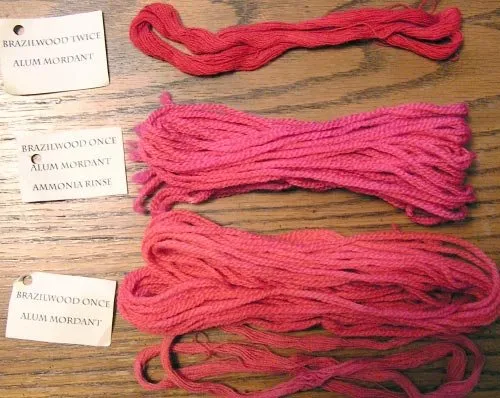Whilst in fantasy I don't care what colour I use I do like to be more accurate in the historical setting, I like to think I'm painting a plausibly accurate colour.
I suspect a lot of the Wargaming source material is opinion, sometimes very objective, but we don't really know what colours the Cretan archers wore but here are some interesting links.
From the historic perspective, indicating the availability of colours.
I was surprised at the range of colours and their shades and then how colours or their shades were restricted to certain classes of people,
From which this excerpt comes
Notes about colours
It must be noted that just because it was possible for a colour to be dyed, it did not mean that it was instantly adopted by all walks of life. Many colours were deemed unsuitable for the peasant class. Bright colours, it was thought, were not humble and engendered a feeling of pride which was a mortal sin. Peasants should remember where it was that God had seen fit to place them, and they should not desire anything other than God's will.
Clothing in greys, browns and muted blues were thought most suitable for the lower class. This did not mean that peasants were dowdy. Greys and browns were available in a number of shades and clever colour coordination of hoods and tunics could still make for an attractive ensemble. Blue was a colour which was available to most classes, both cheaply and expensively, in all shades ranging from muted, sombre blues to brilliant jewel blues of the upper classes.
Medieval fabrics and its uses
More about the fabrics available
Medieval fabrics and the use of colour
This is a good read with a number of colour pictures of the dyed wool. from which this picture comes
 |
| Weld yellow to woad blue to produce greens |
 |
| Plant coloured wool |
 |
| Walnut Hull dyed yarn, naturally dyed |
Natural dyes Wikipedia link







No comments:
Post a Comment